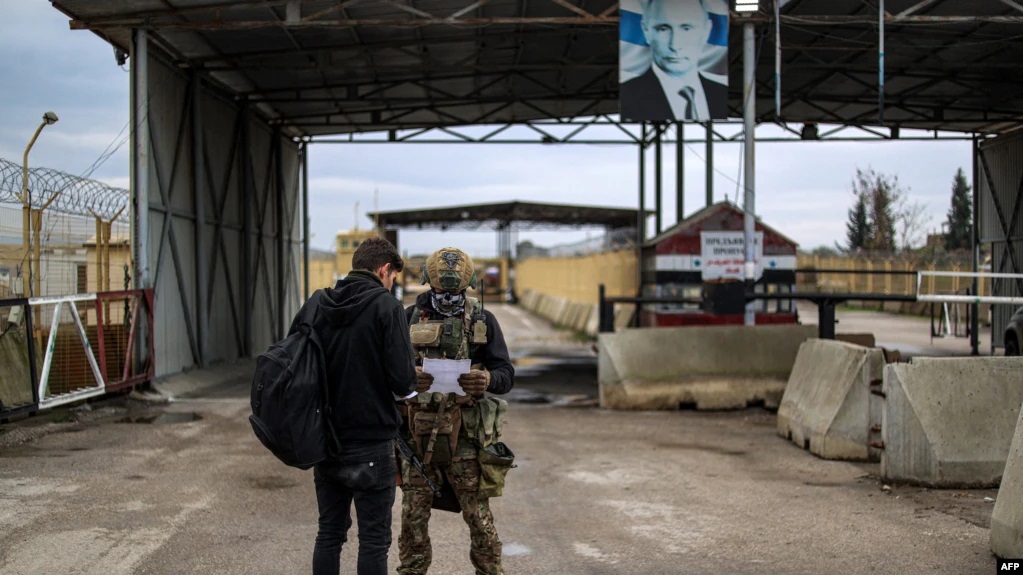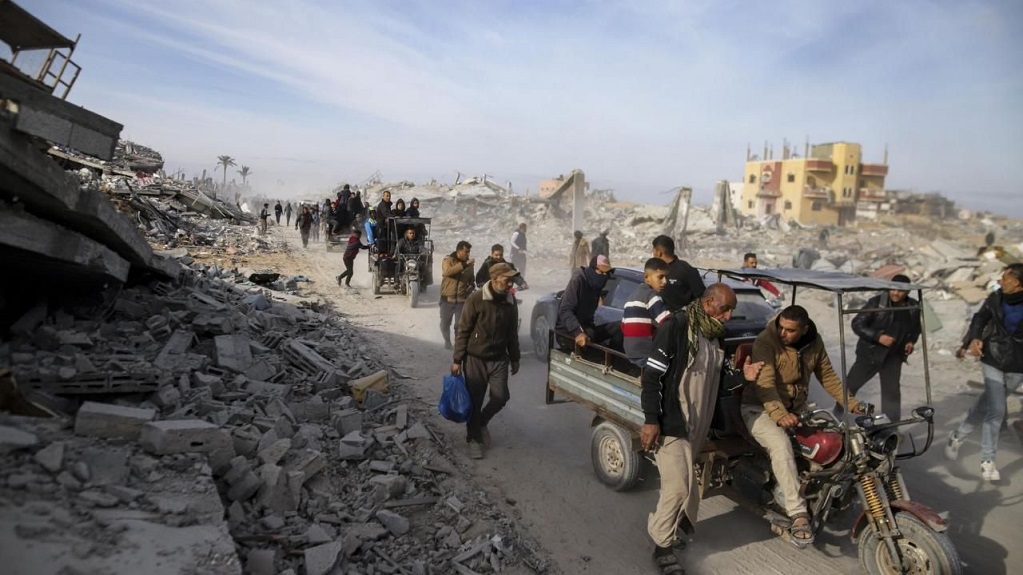North Korea conducts longest ICBM test
Written by worldOneFm on October 31, 2024
SEOUL/TOKYO — North Korea conducted what appeared to be its longest ever intercontinental ballistic missile test on Thursday, as South Korea warned Pyongyang could seek missile technology from Russia in exchange for deploying troops to help with the war in Ukraine.
The missile was launched on a sharply lofted trajectory from an area near the North’s capital and splashed down about 300 km (190 miles) west of Japan’s Hokkaido, recording the North’s longest ever ICBM flight time.
The muscle-flexing by Pyongyang came a day after Seoul reported signs the North may test-launch an ICBM or conduct a seventh nuclear test around the U.S. presidential election on Tuesday, seeking to draw attention to its growing military prowess.
The launch drew swift condemnation from South Korea, Japan and the U.S., coming amid rising international alarm over North Korea reportedly dispatching thousands of troops to Russia to support its war in Ukraine.
“It is believed the North Korea ballistic missile is a long-range ballistic missile fired at a high angle,” South Korea’s Joint Chiefs of Staff said in a statement.
Initial analysis points to a possible use of a newly developed solid-fuel booster, it said later in a news briefing.
According to South Korea and Japan, the missile recorded a flight time of 87 minutes, longer than the last ICBM test launch in December 2023 which clocked at 73 minutes.
The trajectory reached an altitude of 7,000 km and flew a distance of 1,000 km, the Japanese government said, calling it an ICBM-class missile.
A U.S. official told Reuters the missile was an ICBM.
The so-called lofted trajectory of a projectile flying at a sharply raised angle is intended to test its thrust and stability over much shorter distances relative to the designed range, partly for safety and to avoid the political fallout of sending a missile far into the Pacific.
The last ICBM tested in December last year, dubbed the Hwasong-18, fueled by solid-propellant and fired from a road launcher, was also launched at a sharply raised angle and gave a flight time that could translate to a potential range of 15,000 km (9,300 miles) on a normal trajectory.
That is a distance that puts anywhere in the mainland United States within range.
North Korea-Russia military cooperation
The launch followed a storm of international condemnation over what the U.S. and others say is North Korea’s deployment of 11,000 troops to Russia and 3,000 of them close to the western frontlines with Ukraine.
Neither Moscow nor Pyongyang have directly acknowledged the deployment, but Russia’s U.N. Ambassador Vassily Nebenzia on Wednesday questioned why its allies like North Korea could not help Moscow in its war against Ukraine given Western countries claim the right to help Kyiv.
U.S. Secretary of Defense Lloyd Austin and his South Korean counterpart Kim Yong-hyun condemned the troop deployment at a meeting in Washington on Wednesday, hours before the North Korean missile launch.
North Korea’s move to make its troops co-belligerents fighting alongside the Russians has the potential to lengthen the already 2-1/2 year Ukraine conflict and draw in others, Austin said.
South Korea said the deployment was a direct threat to its security because the North would gain valuable combat experience in a modern warfare and it will likely be rewarded by Moscow with “technology transfers” in areas such as tactical nuclear weapons, ICBMs, ballistic missile submarines and military reconnaissance satellites.
Shin Seung-ki who is the head of research on North Korea’s military at the state-run Korea Institute for Defense Analyses, said the longer flight time demonstrating a stronger thrust may be from improved performance of the booster – possibly with the help of Russia.
“North Korea will want to keep getting help like this, because it saves times and costs while improving performance and upgrading the stability of weapons system,” he said.
Having come under pressure over its engagement with Russia, “the intention may be to show that it will not bow to pressure, that it will respond to strength with strength, and also to seek some influence on the U.S. presidential election,” Shin added.






